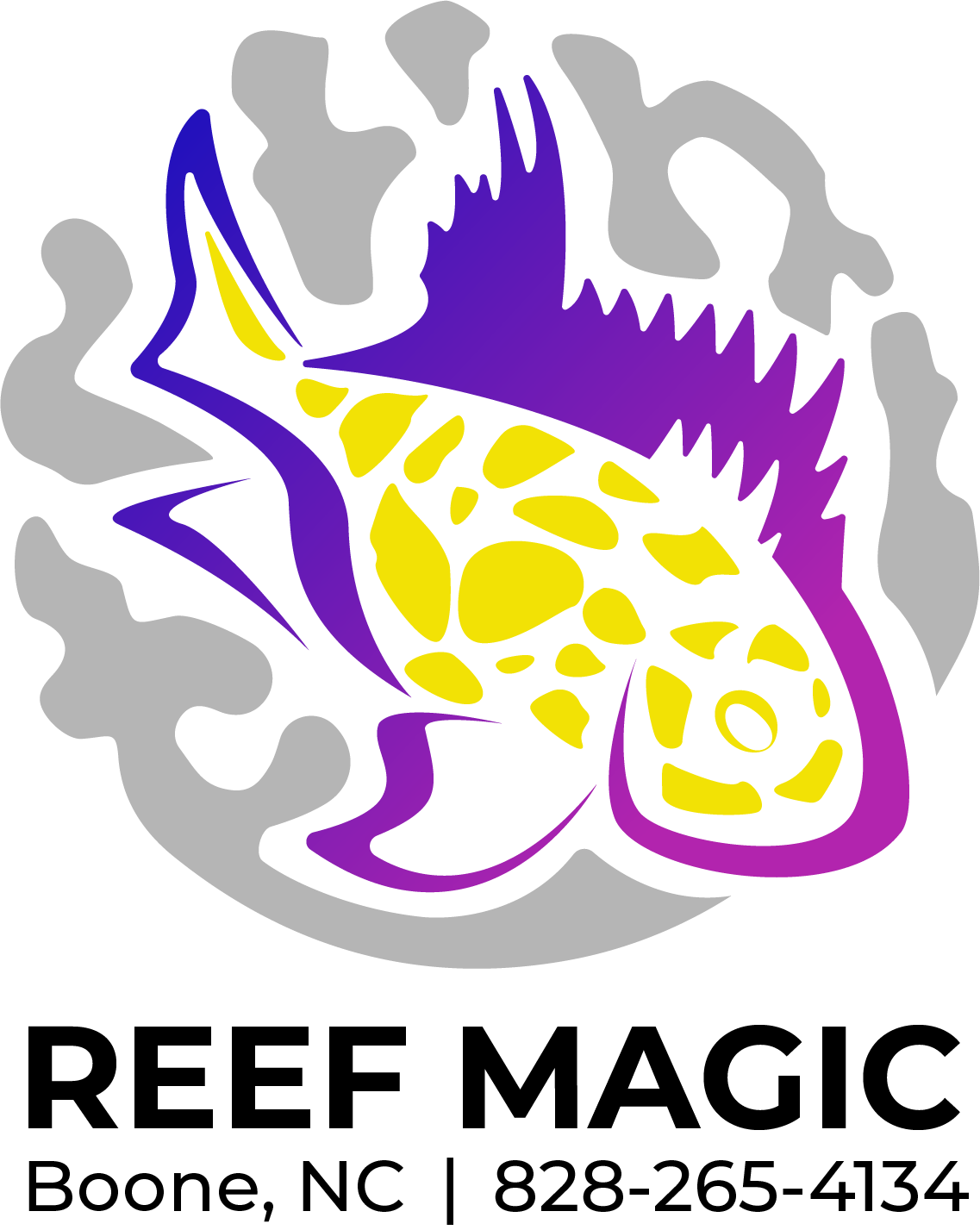 Image 1 of 1
Image 1 of 1


African - Super VC-10 Hap
Hap cichlids, also known as Haplochromis cichlids, are a diverse group of cichlid fish originating from Lake Malawi in East Africa. "Hap" is a common abbreviation used to refer to these cichlids. They are known for their vibrant colors, unique patterns, and active behavior. Here's some general information on caring for Hap cichlids:
Tank Requirements:
Tank Size for Hap Cichlids: Provide a tank with a minimum capacity of 55 gallons for a small group of Hap cichlids. Larger tanks are recommended for larger groups or if keeping them with other fish.
Water Temperature for Hap Cichlids: Maintain a temperature between 75-82°F (24-28°C).
Water Parameters for Hap Cichlids: Aim for a pH level of 7.8-8.6 and a water hardness of 10-20 dGH.
Tank Setup for Hap Cichlids: Use a substrate of sand or fine gravel to mimic their natural environment. Provide plenty of rock formations and caves to create hiding spots, territories, and visual barriers. Decorate the tank with suitable rockwork and driftwood.
Feeding:
Hap Cichlid Diet: They are primarily omnivorous, feeding on a combination of meaty and plant-based foods. Offer a balanced diet that includes high-quality cichlid pellets or flakes as the staple. Supplement their diet with occasional feedings of live or frozen foods such as brine shrimp, bloodworms, or small invertebrates. Additionally, provide vegetable matter like spirulina flakes or blanched vegetables.
Tankmates:
Compatible Tankmates for Hap Cichlids: Hap cichlids can be aggressive, especially during breeding and when establishing territories. It's best to keep them with other Lake Malawi cichlid species with similar aggression levels and habitat requirements. Avoid mixing them with overly aggressive or fin-nipping fish.
Maintenance:
Water Changes for Hap Cichlids: Perform regular water changes of 25-30% every 1-2 weeks to maintain water quality and remove accumulated toxins.
Water Testing for Hap Cichlids: Regularly test water parameters, including ammonia, nitrite, nitrate, pH, and temperature, to ensure they remain within the appropriate range.
Cleaning: Routinely clean the tank by removing any excess waste, debris, and decaying matter. Clean the filter regularly to ensure efficient water circulation.
Behavior and Health:
Hap cichlids can exhibit aggressive behavior, particularly during breeding and when establishing territories. Provide ample hiding spots and territories within the tank to minimize aggression and ensure each fish has its own space.
Signs of Good Health: Look for active swimming, vibrant colors, intact fins, clear eyes, and a healthy appetite. Any signs of illness, such as lethargy, loss of appetite, abnormal behavior, or physical abnormalities, should be promptly addressed.
By providing suitable tank conditions, a balanced diet, and compatible tankmates, you can create a healthy and captivating environment for your Hap cichlids. Monitoring their behavior and providing adequate territories will help maintain harmony within the aquarium.
Hap cichlids, also known as Haplochromis cichlids, are a diverse group of cichlid fish originating from Lake Malawi in East Africa. "Hap" is a common abbreviation used to refer to these cichlids. They are known for their vibrant colors, unique patterns, and active behavior. Here's some general information on caring for Hap cichlids:
Tank Requirements:
Tank Size for Hap Cichlids: Provide a tank with a minimum capacity of 55 gallons for a small group of Hap cichlids. Larger tanks are recommended for larger groups or if keeping them with other fish.
Water Temperature for Hap Cichlids: Maintain a temperature between 75-82°F (24-28°C).
Water Parameters for Hap Cichlids: Aim for a pH level of 7.8-8.6 and a water hardness of 10-20 dGH.
Tank Setup for Hap Cichlids: Use a substrate of sand or fine gravel to mimic their natural environment. Provide plenty of rock formations and caves to create hiding spots, territories, and visual barriers. Decorate the tank with suitable rockwork and driftwood.
Feeding:
Hap Cichlid Diet: They are primarily omnivorous, feeding on a combination of meaty and plant-based foods. Offer a balanced diet that includes high-quality cichlid pellets or flakes as the staple. Supplement their diet with occasional feedings of live or frozen foods such as brine shrimp, bloodworms, or small invertebrates. Additionally, provide vegetable matter like spirulina flakes or blanched vegetables.
Tankmates:
Compatible Tankmates for Hap Cichlids: Hap cichlids can be aggressive, especially during breeding and when establishing territories. It's best to keep them with other Lake Malawi cichlid species with similar aggression levels and habitat requirements. Avoid mixing them with overly aggressive or fin-nipping fish.
Maintenance:
Water Changes for Hap Cichlids: Perform regular water changes of 25-30% every 1-2 weeks to maintain water quality and remove accumulated toxins.
Water Testing for Hap Cichlids: Regularly test water parameters, including ammonia, nitrite, nitrate, pH, and temperature, to ensure they remain within the appropriate range.
Cleaning: Routinely clean the tank by removing any excess waste, debris, and decaying matter. Clean the filter regularly to ensure efficient water circulation.
Behavior and Health:
Hap cichlids can exhibit aggressive behavior, particularly during breeding and when establishing territories. Provide ample hiding spots and territories within the tank to minimize aggression and ensure each fish has its own space.
Signs of Good Health: Look for active swimming, vibrant colors, intact fins, clear eyes, and a healthy appetite. Any signs of illness, such as lethargy, loss of appetite, abnormal behavior, or physical abnormalities, should be promptly addressed.
By providing suitable tank conditions, a balanced diet, and compatible tankmates, you can create a healthy and captivating environment for your Hap cichlids. Monitoring their behavior and providing adequate territories will help maintain harmony within the aquarium.






